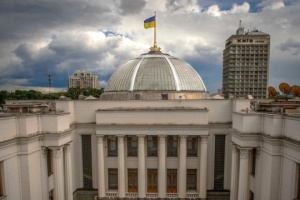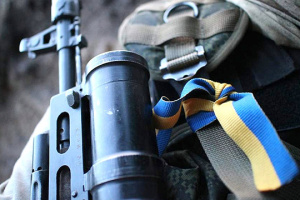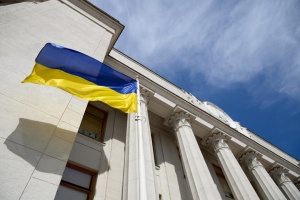
Ukrainian soldiers in Russian “elections,” or new works of enemy propaganda
Trying to split, disorient, and demoralize Ukrainians, Russian propaganda could not ignore the topic of the “elections” in Russia. One example of its development is a series of campaign videos aimed at the Ukrainian audience, which began to be distributed from February 2024.
“I made my choice”
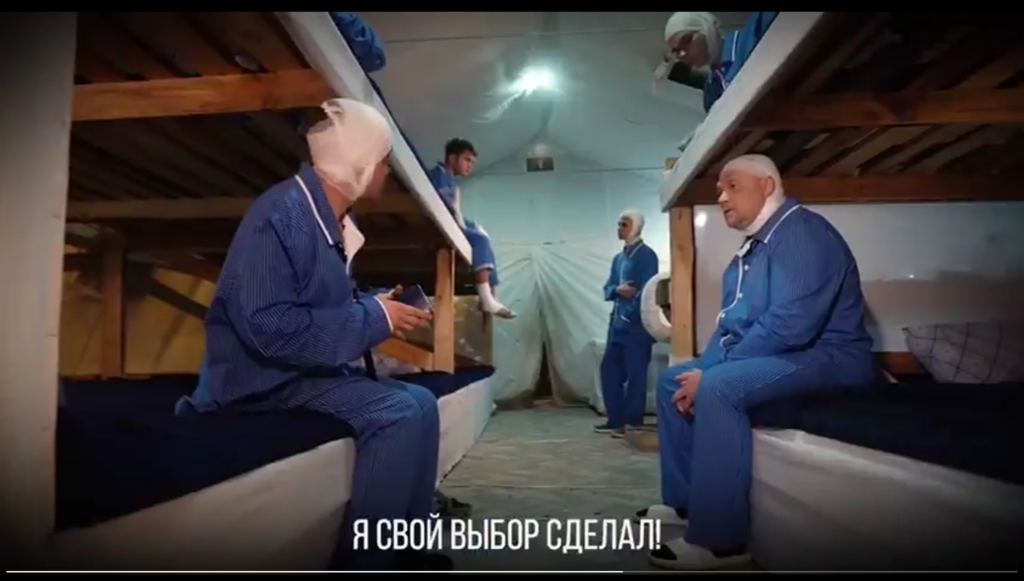
One of the first videos spread in the information space approximately on February 15 had the following content. During the retreat, the AFU unit leaves a seriously wounded soldier in the position. “He’s not ours!” says a Russian soldier, looking at his ID tag. “He’s ours now. Evacuation!” the other responds. The wounded man comes around in the hospital. “Calm down, we’ll make sure you get better,” the doctor reassures him. “Already awake? How are you feeling?” a nurse asks with care. Then the staff goes to vote, the wounded soldier is also going with them. “Where are you going?” Another wounded Ukrainian asks him. “It’s not for us. We don’t have elections.” “I made my choice,” the protagonist resolutely answers him and tears up his Ukrainian passport. “You don’t even have a Russian passport!” the other one tells him. “I will!” he says. After a moment’s reflection, the other wounded person throws his own passport on the floor and follows the first one.
The 60-second video includes a lot of propaganda messages:
- The Armed Forces of Ukraine are retreating, and the Russian Armed Forces are successfully fulfilling the “goals and objectives of the special military operation”;
- The Armed Forces of Ukraine abandon their wounded fellows, while the Russians treat them humanely;
- “Fascist” Ukraine has no elections, but “democratic” Russia has;
- It is very easy to get Russian citizenship and all the relevant benefits, even if you are a Ukrainian serviceman.
“For Vladimir!”
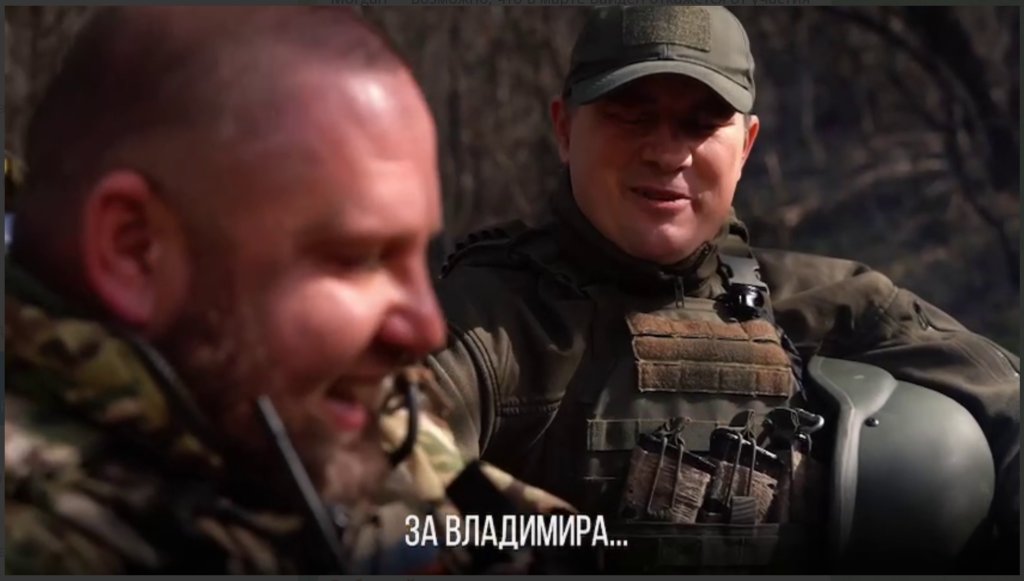
On February 20, another similar video appeared on social networks. Three soldiers of the Armed Forces of Ukraine, abandoned without any connection in the forest, rip off their yellow-blue chevrons and, putting on tricolours, come out to meet the Russian military, saying they were “lost a little.” The Russians, as it turns out, “are going to the vote.” Next, we move to a dugout. “Passport!” says the newly arrived Russian soldier, the spitting image of Givi. Behind him hangs the flag of the Russian Empire with the inscription “God is with us,” and the “I am Russian” song quietly plays in the background. For some reason, the Ukrainian passport does not surprise him. Then the ballots are put into the ballot boxes, after which we see a trio of Ukrainian soldiers again: they are sitting on the lawn around the hearth, laughing and saying that they voted “for Vladimir.” After that, one of them throws his Ukrainian passport into the fire. The viewer cannot find out whether it was the AFU soldiers pretending to be Russians or they went over to the Russian side. However, propaganda messages are very easy to read:
- the command “abandons” Ukrainian soldiers;
- having gone over to the side of the enemy, a Ukrainian soldier will not be in captivity, but in the “friendly team” of the Russian Armed Forces;
- the “Russian world” is inclusive: any Ukrainian can join it;
- ordinary Ukrainians “are fond of” Putin and do not consider Russia an enemy — unlike the “neo-fascists” who force them to fight.
“Now you have a choice”
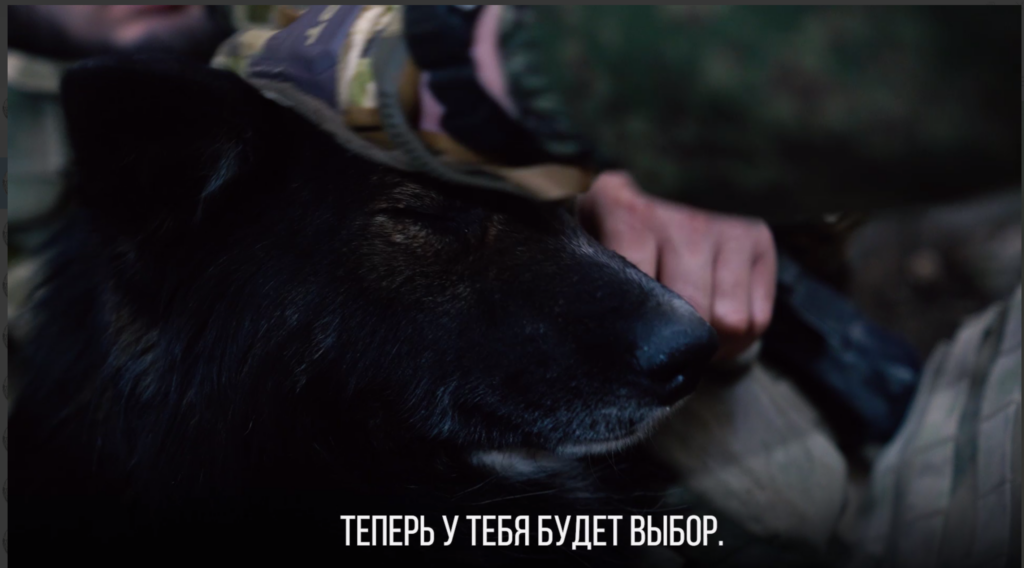
On March 5, the following “creative” video of similar content appeared on social networks. This time, the story begins in the Ukrainian dugout: the military are alerted (“Retreat!”), ordered to take only the most necessary things, and taken somewhere. A young soldier runs up to the truck, carrying a dog with bandaged paws. “I said — the most necessary things!” the commander yells at him and kicks the guy in the face. A boy with a dog returns to an empty dugout, and Russian soldiers find them there. “Why didn’t you leave?” a Russian asks. “I had no choice,” he replies, scratching his four-legged friend behind his ear. “Now you have a choice,” says the Russian and hangs a list of candidates for the presidential “elections” in Russia on the wall of the dugout.
This piece of Russian propaganda promotes the same statements as the previous ones:
- The AFU retreat and flee;
- Ukrainian commanders are cruel to their subordinates;
- the Ukrainian soldier is in a desperate situation, and his only salvation is to surrender or go over to the side of the Russian Armed Forces;
- for Ukrainians, the arrival of the Russian military is not an occupation, but a liberation in every sense.
Blurring the lines
Despite the weak directing, the quality of these videos makes it clear that it is not about spontaneous “popular art,” but about a targeted information campaign. This is confirmed by the efforts that Russian propaganda has spent in the hope that these videos become viral. For example, the second video was published by the Vybornyi Russian telegram channel on February 20; on the same day, it was spread by at least 15 telegram channels. The videos were also spread by Russian media (in particular, aimed at the audience in the temporarily occupied territories of Ukraine), various profiles on the VKontakte social network, on the X platform (Twitter), as well as on YouTube.
Most likely, in the near future, we will see a continuation of this “show,” as well as an increase in the similar information attacks by other means. What is their purpose?
Firstly, Moscow seeks to insert the topic of its “elections” into our information field, that is, to transform it in the minds of Ukrainians from an external event to an internal one. The target audience is not only the Ukrainian military directly on the line of contact, but also all those who are in the occupied and frontline territories. By disseminating such content, propaganda seeks to blur the friend-or-foe line in their minds, the line between Ukraine and Russia.
Secondly, enemy propaganda thus encourages a variety of transit practices: from soldiers of the Armed Forces of Ukraine going over to the side of the Russian Armed Forces to the civilian population obtaining Russian citizenship. Hence the visual and plot emphasis on the destruction of Ukrainian passports. Renunciation of Ukrainian identity, citizenship, surrender, violation of the oath — all this is presented as an act of liberation, a way out of a stalemate. The cause of the latter, of course, are “fascists” represented by the military and political leadership of Ukraine, while Moscow promises “ordinary people” a warm welcome and easy integration into the “Russian world.”
Thirdly, Moscow has already launched a campaign to discredit the Ukrainian authorities, which in turn is part of the “Maidan-3” special operation. One of its main statements is that Zelenskyy is a usurper who will lose legitimacy in the spring of 2024 and will use the war to prolong his rule. Of course, this is just baseless speculation. However, the enemy will still try to impose on us a false contrast between “democratic” Russia, which invites even Ukrainians to vote, and the “Zelenskyy regime,” which deprived its own people of the right to choose.
Moreover, participation in Russian “elections” is presented as an act of initiation, entry into Russia’s political space. As we know, Moscow will hold a vote in the occupied territories of Ukraine, using this ritual to integrate them. Despite the fact that the above-described videos do not feature the civilian population at all, the residents of the occupied areas are one of the main addressees of these works of enemy propaganda.
Yet, the main goal of Russian propaganda is more global. In order to break our resistance, Moscow must at all costs convince Ukrainians that this war is not existential, and that defeat will not be a disaster for an average Ukrainian.
Center for Strategic Communication and Information Security
Title photo: EPA

